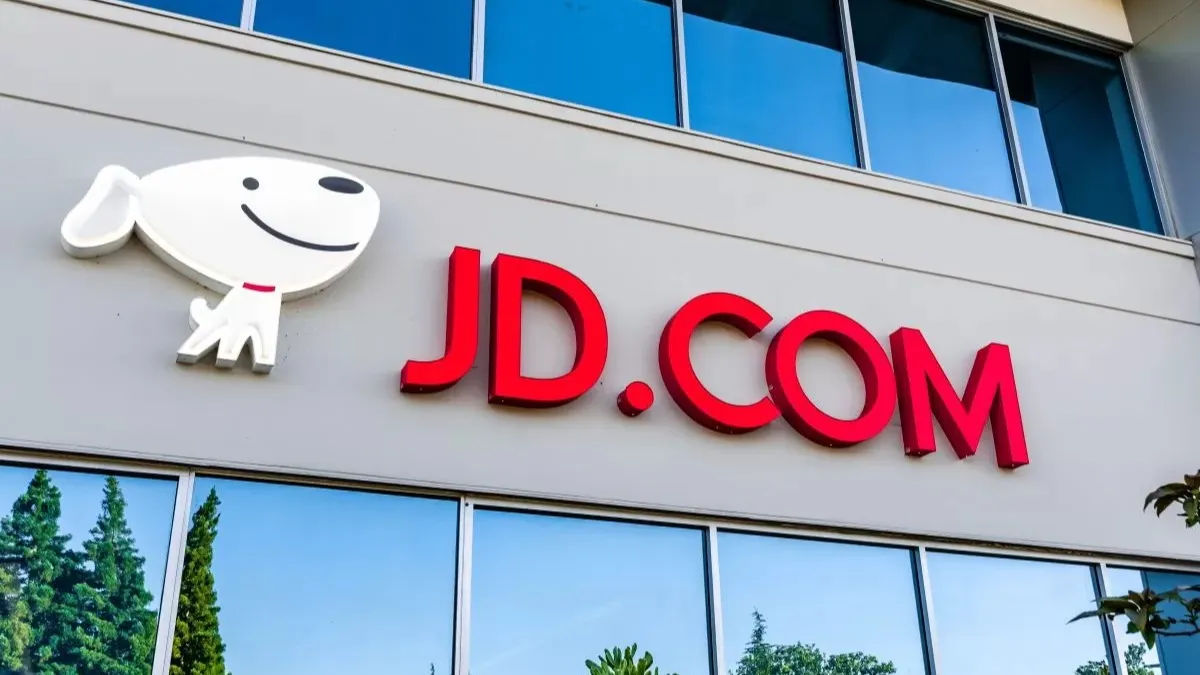Checking output. It may be tempting to cry “decoupling” after a quick glance at Walmart’s decision to divest from its total participation in JD.com, for $3.6 billion, according to IFR. After all, the $600 billion U.S. retail giant has been a shareholder in the Chinese e-commerce group since 2016. It is also selling after its strategic partner’s shares have fallen 70% from a 2021 peak — and for not much more than the stock was worth when it first acquired it. But the move is actually a good example of risk reduction.
Unlike other global retailers such as Tesco and Carrefour, Walmart is not shying away from China’s ultra-competitive consumer market. It has, for example, nearly 400 stores in the People’s Republic, including its membership-only department store chain Sam’s Club, and these are performing well: net sales grew 18% in the most recent quarter, while JD.com revenue rose 10%. He barely moved.
It’s a notable change since the two began their relationship eight years ago. Walmart was under pressure: At home, Amazon had surpassed By July 2015, Walmart had lost its market value for the first time; meanwhile, in the People’s Republic, JD.com, which was growing rapidly, was outperforming the Arkansas-based company’s China-focused online operation, Yihaodian. So, as part of a broader alliance, Walmart CEO Doug McMillon handed control of the unit to JD.com in exchange for a 5% stake in its new partner, which it doubled later that year.
Since then, the People’s Republic has become a very different situation. Consumer confidence has wavered as the $17 trillion economy teeters on the edge of deflation, while major e-commerce companies engage in brutal price wars to lure online shoppers. Rising tension between the United States and China also makes it more complicated for American giants like Walmart and Starbucks to continue their expansion in China.
McMillon’s decision to focus on his own operations in China at least gives him more control over investment and growth there. It also sends a clear message about JD.com’s prospects. Its shares had risen 38% after hitting a nearly six-year low in March. But cash-rich Walmart sees more advantage in cashing out now and investing the proceeds elsewhere. That makes it much harder for JD.com Chairman Richard Liu to convince shareholders that a brighter future is around the corner.
Context news
Walmart has sold its entire stake in Chinese e-commerce firm JD.com, according to a filing with the U.S. Securities and Exchange Commission on Aug. 20. The U.S. retailer was the largest shareholder and raised about $3.6 billion from the sale, according to IFR, or about $24.95 per share, an 11.5% discount to the closing price of JD.com’s Nasdaq-listed stock on Aug. 20. In 2016, Walmart received a 5% stake in JD.com in a deal that also involved the Chinese retailer taking over Walmart’s China-focused online marketplace. In the same year, Walmart increased its stake in JD.com to more than 10%.
Disclaimer:
The information contained in this post is for general information purposes only. We make no representations or warranties of any kind, express or implied, about the completeness, accuracy, reliability, suitability or availability with respect to the website or the information, products, services, or related graphics contained on the post for any purpose.
We respect the intellectual property rights of content creators. If you are the owner of any material featured on our website and have concerns about its use, please contact us. We are committed to addressing any copyright issues promptly and will remove any material within 2 days of receiving a request from the rightful owner.

